Making the quantum world real
The 2025 Nobel Physics is a reminder that real innovation begins with curiosity, patience, instruments built at home
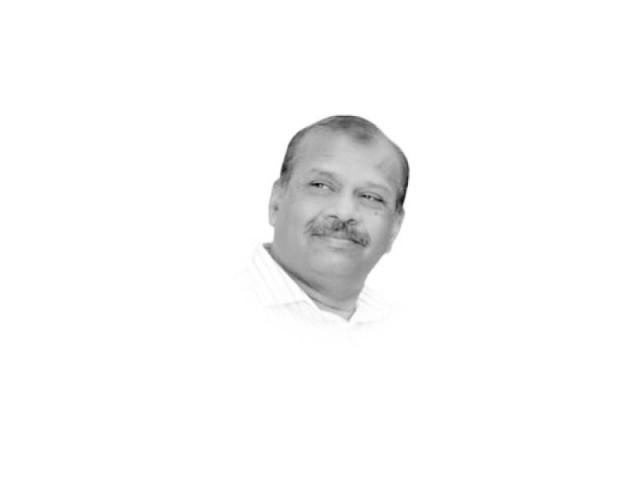
During the last couple of days, many readers and colleagues have urged me to write a follow-up to my earlier op-ed "Shaping the Past, Present and Future" (published in these columns on January 27, 2025), which discussed the International Year of Quantum Science and Technology. Their request came right after the announcement of the 2025 Nobel Prize in Physics. I gladly take this opportunity because this Nobel is not merely a celebration of a century-old theory but a message about how modern science should move forward. It reminds us that physics is not only about abstract equations but also about the instruments, people, and patience that turn ideas into technology.
This year's Nobel laureates in Physics (John Clarke, Michel H Devoret, and John M Martinis) were recognised "for the discovery of macroscopic quantum mechanical tunnelling and energy quantisation in an electric circuit." That may sound complex, but in simpler terms, their experiments showed that quantum behaviour (usually seen only in atoms and subatomic particles) can also appear in larger, man-made circuits. They built extremely cold, well-isolated superconducting circuits that could behave according to the strange rules of quantum mechanics.
To explain this in everyday language: imagine a tiny ball stuck in a valley between two hills. In classical physics, the ball would need enough energy to climb over the hill. But in quantum physics, the ball can sometimes "tunnel" through the hill without ever going over it. The scientists demonstrated this tunnelling in an electric circuit, a system we can touch and measure. They also proved that the energy levels of that circuit came in discrete steps, not as a smooth continuum. This was groundbreaking because it confirmed that quantum rules still apply even when we scale up from atoms to visible electronic components.
Their achievement changed the way physicists view the boundary between the quantum and classical worlds. Before their work, quantum mechanics was mostly seen as the science of the very small. After their experiments, it became clear that quantum principles could be designed and controlled in the lab using superconducting devices. This discovery laid the foundation for what we now call quantum technology (a field that includes quantum computers, sensors and communication systems).
In my earlier op-ed, I argued that Pakistan must stop drawing a line between "basic" and "applied" science, as if one is a luxury and the other a necessity. The story of this Nobel Prize reinforces that point. The laureates did not set out to build a computer or a gadget; they wanted to answer a deep question about nature. But their disciplined approach i.e. careful measurement, precise engineering and patience led directly to technologies that now power the quantum revolution. This is how scientific progress really works: today's "pure" curiosity becomes tomorrow's applied innovation.
For countries like Pakistan, the path to the quantum future is to build, not buy: invest now, not "when conditions are perfect" in the essentials (low-temperature labs, microwave electronics, nanofabrication and ultra-low-noise measurement), create a modest shared national center for quantum and cryogenic electronics to seed projects and hands-on training, and braid talent across physics, engineering, materials and computing so graduates can move from Schrödinger's equation to circuit design with ease; the International Year of Quantum and the 2025 Nobel alike underscore that curiosity, discipline and continuity turn ideas into usable tools, and that real independence comes from patient instrument-making, iterative measurement, and learning from failure where imagination meets measurement. To make this real, pair faculty grants with technician fellowships and multi-year maintenance budgets, align procurement rules so labs can actually buy cryogenic parts on time, and require industry-linked capstone projects in sensing, imaging, navigation, and secure communications, the near-term "wins" most likely to translate into value. Build regional hubs (Karachi, Lahore, Islamabad) that share facilities and data standards, open internships to utilities and hospitals, and measure success not just by papers but by instruments deployed, students.

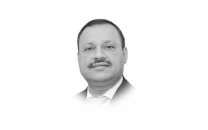
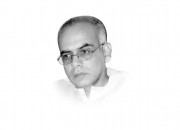
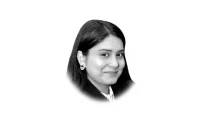
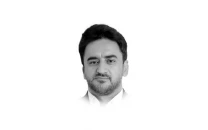
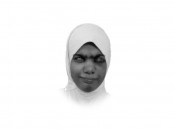
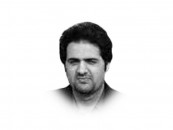
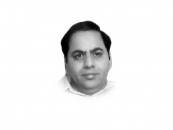
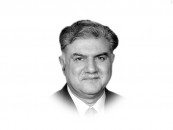
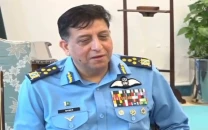
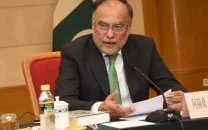
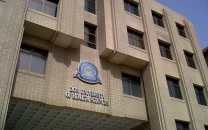
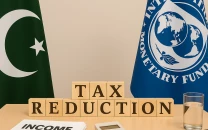
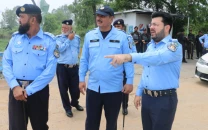
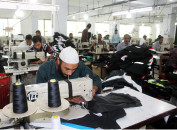
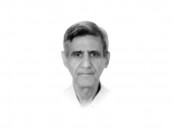
COMMENTS
Comments are moderated and generally will be posted if they are on-topic and not abusive.
For more information, please see our Comments FAQ